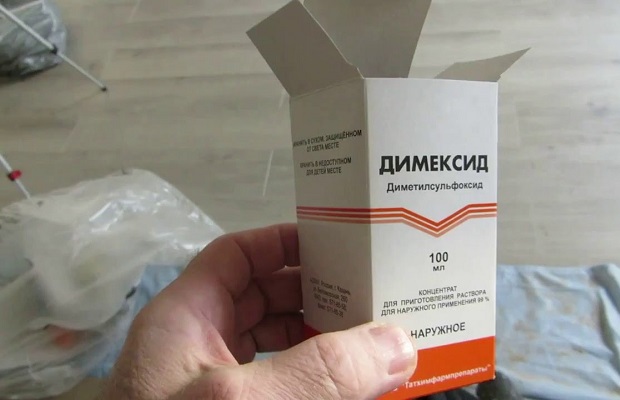How to wipe mounting foam - simple and effective ways
Polyurethane foam is an extremely durable polymer that, when cured, holds parts of structures together or seals joints. With the advent of a convenient aerosol form of this fixative, it has become more convenient and easier to perform many interior and facade works. Mounting foam is used by both builders and craftsmen. It is an excellent sealant that retains heat and does not allow drafts or moisture to pass through. But after working with this material, the problem often arises of how to remove mounting foam from hands and other surfaces. We will consider options for removing the remnants of unnecessary foam from different surfaces.
How to wash your hands from mounting foam - practical advice
How to remove freshly applied assembly sealant? This is the easiest thing to do. It can be removed with a plastic scraper, being careful not to smear it, and then wiped with a sponge dipped in acetone or white spirit. How to clean hands from polyurethane foam? In this case, instead of a plastic scraper, use a napkin or cloth, further wiping occurs with nail polish remover or acetone, and then the skin should be lubricated with a nourishing cream or olive oil.
Acetone and aggressive solvents will not work if the foam needs to be removed from plastic lining, vinyl-based siding. They will just damage the surface. Therefore, in hardware stores you can buy special substances that can remove traces of mounting foam from the most delicate surfaces. For example, Cosmofen, Macroflex. The disadvantage of these products is the high price and large volume. If it is necessary to wipe off small areas of contamination, then their use is not economically justified.
If the foam has already completely polymerized, then it can only be removed with a certain amount of patience. We remove particles from the hands that can be removed mechanically, apply a solvent or Dimexide- pharmaceutical preparation. Advantage Dimexide- availability, low price and the ability to purchase without a prescription. Be careful not to get the drug into the eyes and mucous membranes. After you have applied Dimexide to the site of contamination, leave it on the surface for up to 40 minutes.
If you apply the drug to the skin and feel a burning sensation, immediately wash it off with water. So this tool is not suitable for you. After you've endured Dimexide the necessary time, rub it with a sponge until the foam is eliminated, rinse with warm water and soap and smear your hands with cream. Do not worry if traces of foam remain on your hands - the skin is regularly regenerated, and after a few days you will forget about these traces.
Other cleaning methods - will baking soda help us?
How else to clean your hands from the mounting polymer? If you have already applied a solvent to the skin, you can mechanically remove the particles of mounting foam using a household brush or the abrasive part of a dish sponge. After exposure to any solvent and abrasive, lubricate the skin with cream, petroleum jelly or vegetable oil to speed up the healing and regeneration of the epidermis.

Experienced builders who often work with mounting sealant suggest many other ways to make removing this substance from your hands as comfortable as possible. For example, if you are allergic or intolerant to acetone, Dimexide and other solvents, then hands can be steamed in hot water with soda, and then wipe them well with a towel and also grease them with a greasy cream. If this procedure is repeated several times, the particles of the mounting foam will leave along with dead skin cells. Sometimes foam gets on your hair if you didn’t put on a hat or tied your head with a scarf before work.
